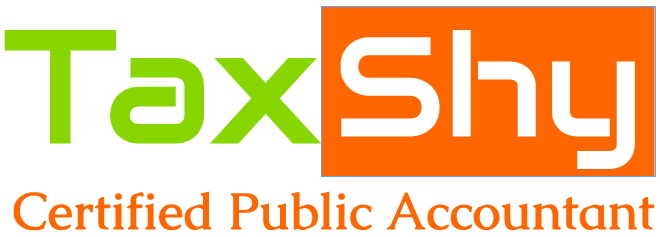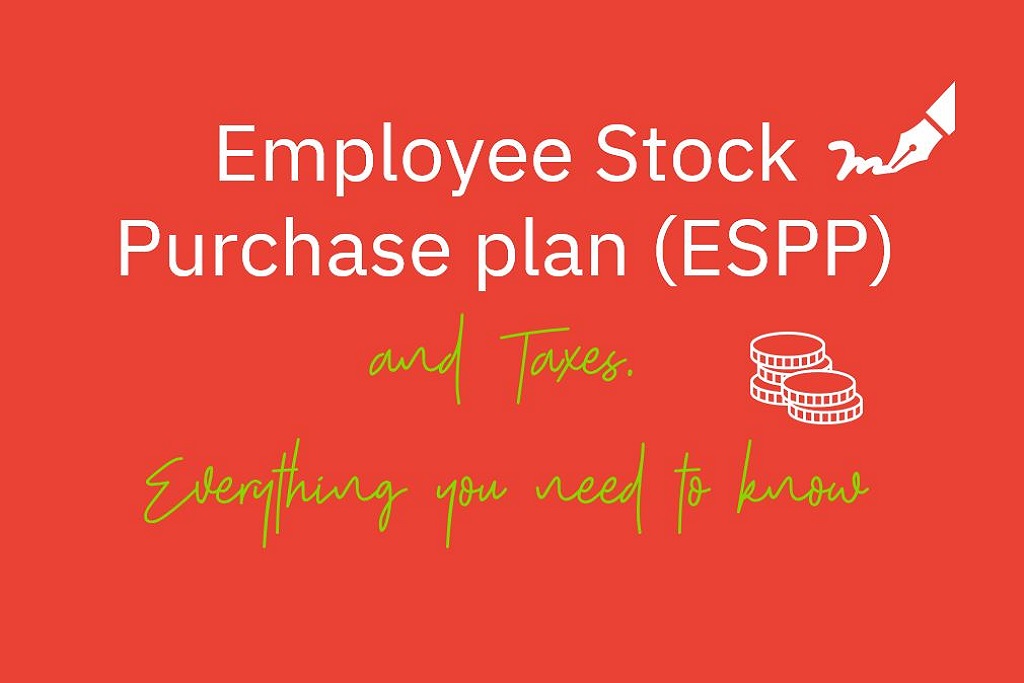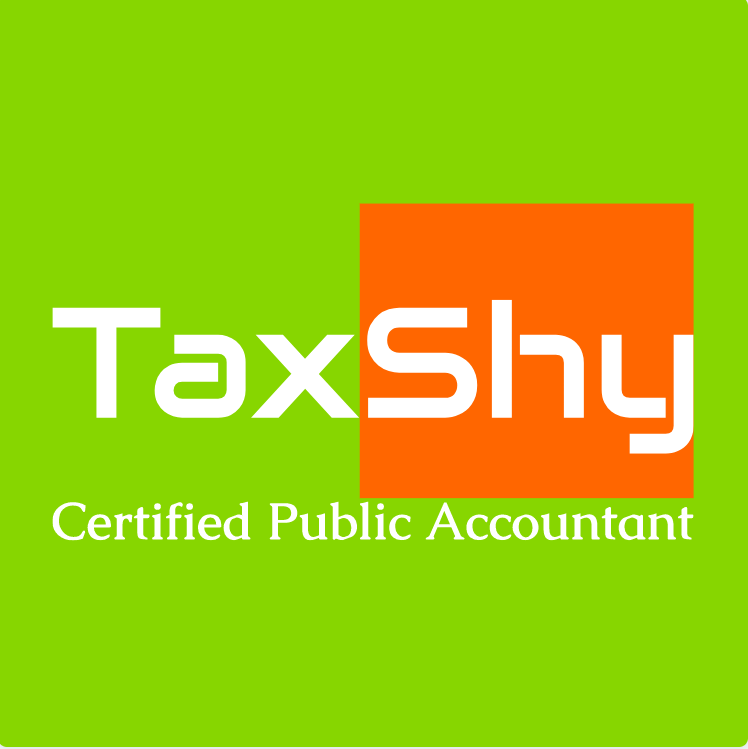Employee Stock Purchase plan
Employers offer ESPP, wherein you make contributions to purchase stock at a discount, via deductions in your salary. The accumulated money is then used to buy stock for you.
You get to buy the stock at a lower price than the market price.
Your discounted price is known as the offer price or grant price.
You do not owe any taxes at exercise.
You have to pay taxes when you sell the stock.
- If you hold the stock for more than a year from the exercise date – the income will be taxed at capital gain tax rate (lower than ordinary tax rate) – Qualifying disposition
- If you hold the stock for less than a year form the exercise – Disqualifying disposition
Some important dates and terms:
- Offer date/Grant date – date of offering ESPP
- The strike price/exercise price/grant price/option price/offer price – The cost to purchase the shares
- The exercise date/purchase date- When the ESPP stock was purchased
- The selling price/market price- the price at which the shares were sold
- The selling date – the date on which the shares were sold
Tax Implications
Qualifying Disposition:
If you sell the stock at least 2 years after the grant date and one year after the exercise date:
- You report the lesser of the following as ordinary income (taxed at ordinary rates):
- Net sale price (gross sale price – commission) minus the actual discounted price paid for shares or
- Discount per share times no of shares.
- You report the gain from net sale price minus the actual discounted price minus the amount reported as ordinary income above, as capital gain, taxed at capital gains tax rate (lower than ordinary income tax rates)
Disqualifying Disposition
If you sell the stock at least 2 years after the grant date but less than one year after the exercise date:
- You must report the difference between the discounted purchase price and market price on exercise date as ordinary income (taxed at ordinary tax rates)
- You must report the following as short term capital gain:
- net sale price minus the discounted purchase price minus the amount recognized above as ordinary income.
If you sell the stock less than 2 years after the grant date but more than one year after the exercise date:
- You must report the difference between the discounted purchase price and market price on exercise date as ordinary income (taxed at ordinary tax rates)
- You must report the following as long term capital gain (taxed at capital gain rates lower than ordinary income tax rates):
- net sale price minus the discounted purchase price minus the amount recognized above as ordinary income.
Form 3922 reports the important dates and value needed to determine the correct amount of capital and ordinary income
Planning tip
Your employer may or may not report the amounts on the W2 correctly. You should do your own due diligence on each ESPP purchase that you have, then use that information to determine what the best strategy for each may be. ESPP tax rules can be complicated for many reasons, and the nuance of each individual situation can lead to confusion.
Please consult your tax advisor when you plan to sell ESPP
Disclosure: This material has been prepared for informational purposes only. It is not intended as a substitute for personalized professional advice. You should consult your own tax advisors or contact us if you need help with implementing any ideas shared on this page.


